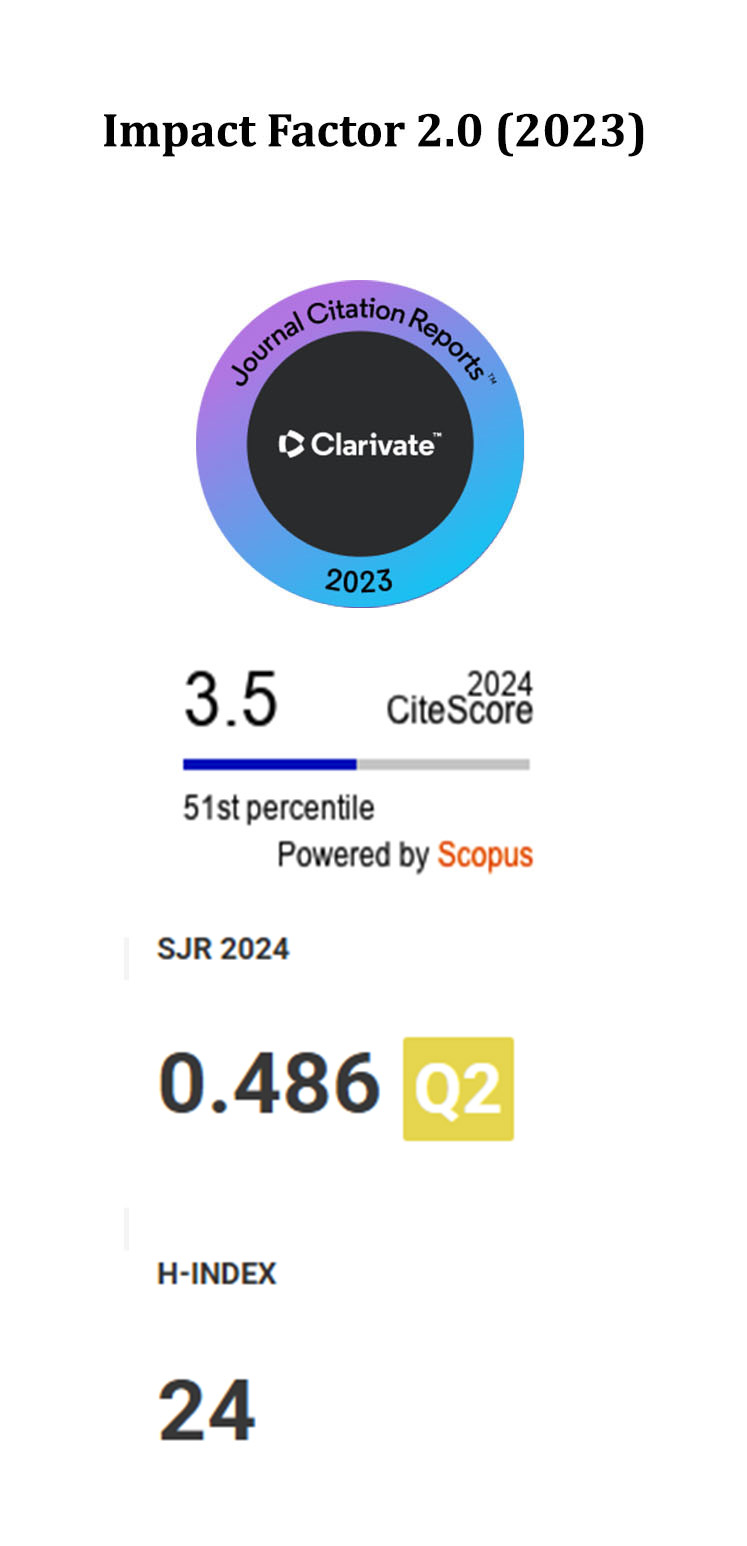Optimized YOLOv8 for Lightweight Floating Object Detection on Unmanned Surface Vehicles
DOI:
https://doi.org/10.5755/j01.itc.54.3.38966Keywords:
USV application, Object detection, Small object, YOLOv8s, Floating object detectionAbstract
Unmanned surface vehicles (USVs) are increasingly being applied in water environment protection and management. A primary function is recognizing and detecting floating objects in aquatic environments. However, water surface floating object detection from USVs faces challenges such as high scene complexity, including sunlight reflection and shoreline reflections, in addition to identifying small objects. To tackle these issues, this study presents an improved YOLOv8s method for water surface floating object detection, named PSP-YOLOv8s. Firstly, we integrated the original C2f module with the Polarized Self-Attention (PSA) mechanism to design the C2f-PSA structure, thereby improving the model's ability to extract features in intricate environments. Secondly, we add a detection head specialized for small objects by fusing deep and shallow features, which effectively reduces the miss rate for small objects. Meanwhile, the Partial Convolution (PConv) technique is used to reconstruct the detection head, making the model lightweight. Finally, the Wise-IoUv3(WIoUv3) loss function is introduced to mitigate the impact of low-quality anchor frames in complex environments. Experimental results demonstrate that PSP-YOLOv8s achieves improvements of 4.3% in AP, 3.8% in AP50, and a significant 12.9% in APS on the self-constructed USV-WSFO dataset. The model's parameters, computational overhead, and size were reduced by 8.1%, 4.2%, and 2.8%, respectively. The proposed model's generalization capability is further validated through experiments on the Orca dataset and field trials. This work extends the application of vision technology in USVs, providing significant support for water resource and ecosystem protection. Code is available at https://github.com/hongh07/PSP-YOLOv8s.
Downloads
Published
Issue
Section
License
Copyright terms are indicated in the Republic of Lithuania Law on Copyright and Related Rights, Articles 4-37.




